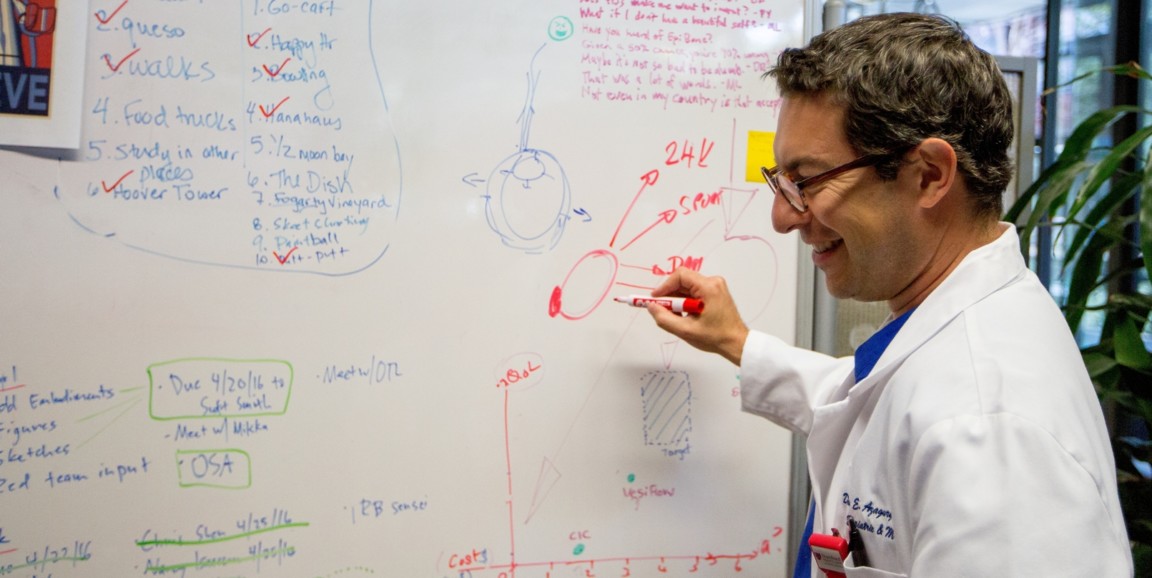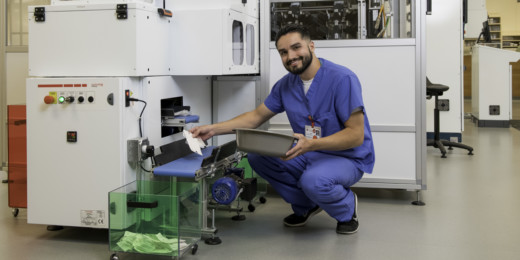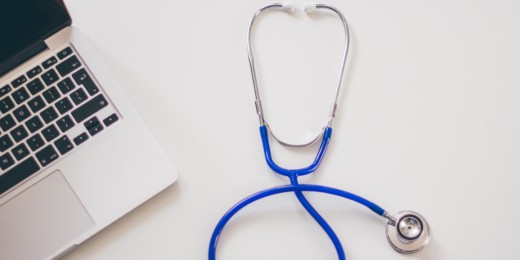All summer, we've been sharing the stories of innovators like Uday Kumar, MD, and Avijit Bansal, MD, who — through their work with Stanford Byers Center for Biodesign — developed a variety of medical devices and diagnostics. Now, an Inside Stanford Medicine piece highlights how these new technologies have collectively been used in the care of more than 1.5 million patients.
As writer Stacey Paris McCutcheon explains:
To help aspiring health care innovators succeed, Stanford Biodesign teaches a need-driven innovation process that involves interdisciplinary collaboration, project-based learning and hands-on mentoring from experts across Silicon Valley. In the year-long Biodesign Innovation Fellowship, for example, the fellows spend a full six weeks in hospitals, clinics and other environments observing the delivery of care to identify unaddressed problems that could benefit from technology-based solutions. After determining which problems represent the most compelling opportunities, the teams use everything they learn over the course of the year to develop solutions.
The innovators who contributed to the 1.5 million-plus patient milestone have addressed a wide range of problems, from surgical infections to prostate disease to heart arrhythmia and essential tremor. But they all have one thing in common: A story about a patient encounter that inspired them to try and make things better...
Photo of former biodesign innovation fellow Dan Azagury, MD, by Norbert von der Groeben




